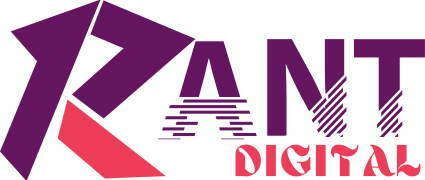Lately, the concept of remote working has grown in popularity as more and more individuals and organisations embrace the flexibility and convenience it offers. Among the various forms of remote working, the home office has emerged as a prominent choice for professionals seeking to balance work and personal life. However, working from home comes with its own set of challenges, and achieving true efficiency in this environment requires a strategic approach.
This is how the home office should be designed
Designing an effective home office is critical to creating a productive and comfortable remote working environment. A well-designed home office can have a significant impact on an individual’s focus, motivation and overall work performance. Firstly, consider the location of the home office within the living space.
Choose a quiet area with minimal distractions, away from high-traffic areas. Natural light is also essential, as it not only enhances aesthetics but also has a positive impact on mood and energy levels.
Second, invest in ergonomic furniture and equipment to support good posture and reduce the risk of strain-related injuries. An adjustable chair, an ergonomic keyboard and a standing desk are essential elements to consider. Adequate storage and organisation are also important, as a tidy workspace promotes a clear and focused mind.
You should also personalise the space to encourage creativity and inspiration. Adding plants, artwork or items of personal significance can create a more welcoming and motivating atmosphere. Striking the right balance between personalisation and professionalism is key.
Finally, make sure the home office is equipped with reliable technology and a strong Internet connection. This includes a functional computer or laptop, a high-quality webcam and microphone for virtual meetings, and all the necessary software and applications.
Technology that makes working from home easier
In the ever-evolving landscape of remote working, technology plays a pivotal role in shaping the way we work from the comfort of our own homes. From advanced communication tools to intuitive project management platforms, the range of technological solutions available has revolutionised the remote working experience, making it more efficient and seamless.
One of the cornerstones of successful remote working is effective communication, and technology has given us a wealth of options in this area. Instant messaging platforms such as Slack and Microsoft Teams have become ubiquitous, facilitating real-time conversations and encouraging team collaboration.
Video conferencing tools like Zoom and Google Meet have bridged the gap between physically distant team members, enabling face-to-face interactions, virtual meetings and presentations. As well as reducing feelings of isolation, these technologies have streamlined communication processes, enabling faster decision-making and smoother workflows.
Beyond communication, project management tools have become essential for remote teams. Applications such as Trello, Asana and Monday.com offer intuitive interfaces for organising tasks, delegating and tracking progress.
With these platforms, team members can stay aligned with project goals, understand their responsibilities, and efficiently monitor deadlines. The ability to access project-related information anytime, anywhere has undoubtedly increased productivity and accountability for remote teams.
In addition, cloud-based storage solutions such as Google Drive and Dropbox have revolutionised file sharing and collaboration. Gone are the days of emailing large attachments or worrying about version control; these cloud storage platforms enable seamless access, editing and sharing of files, making collaboration a breeze.
